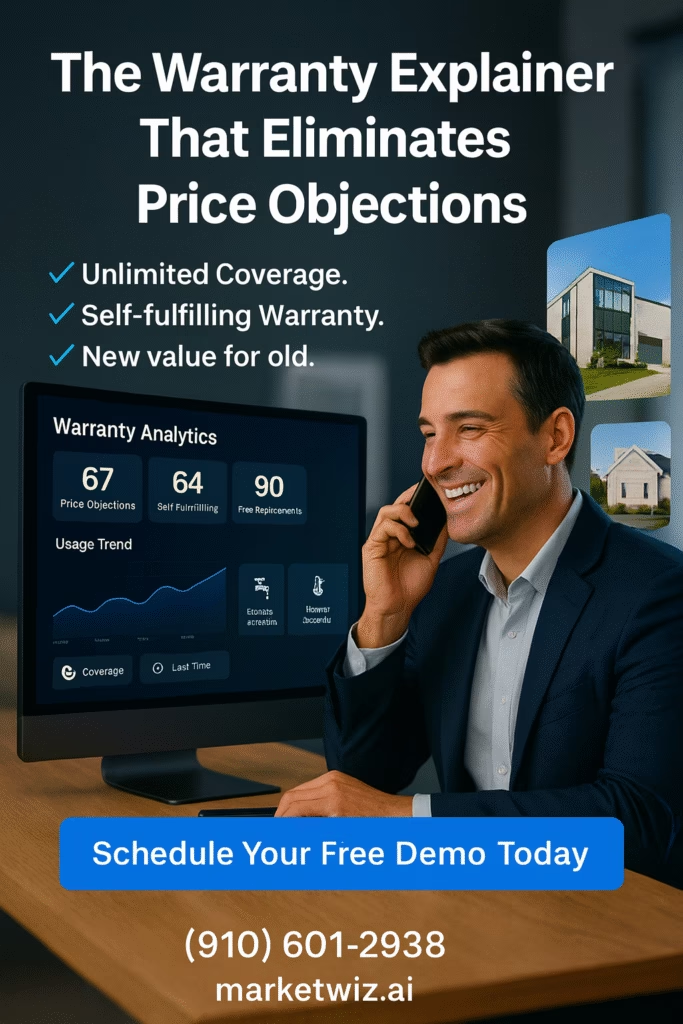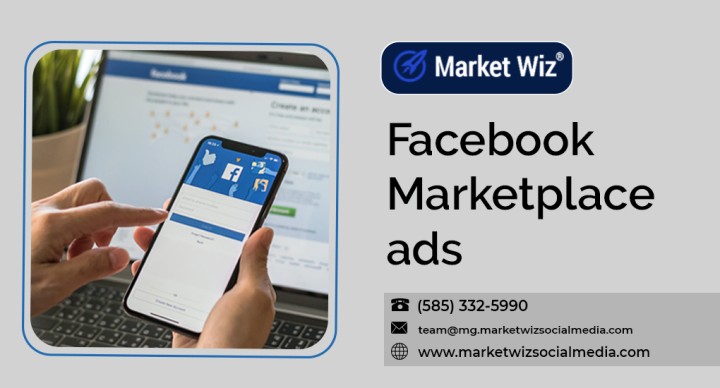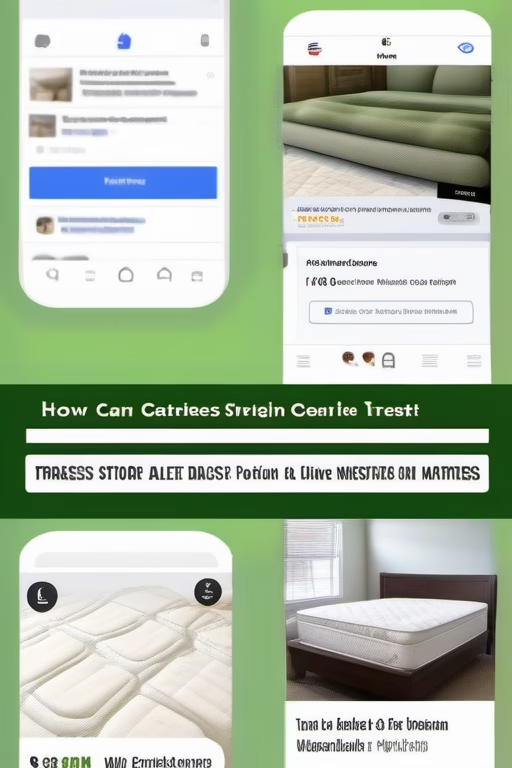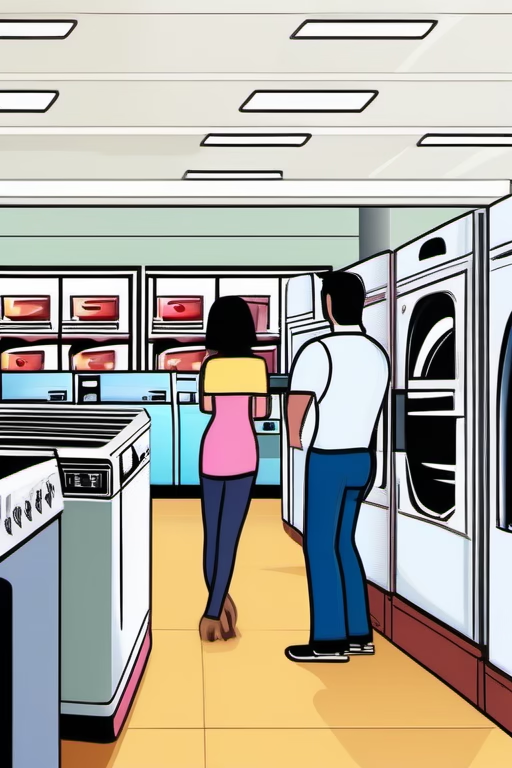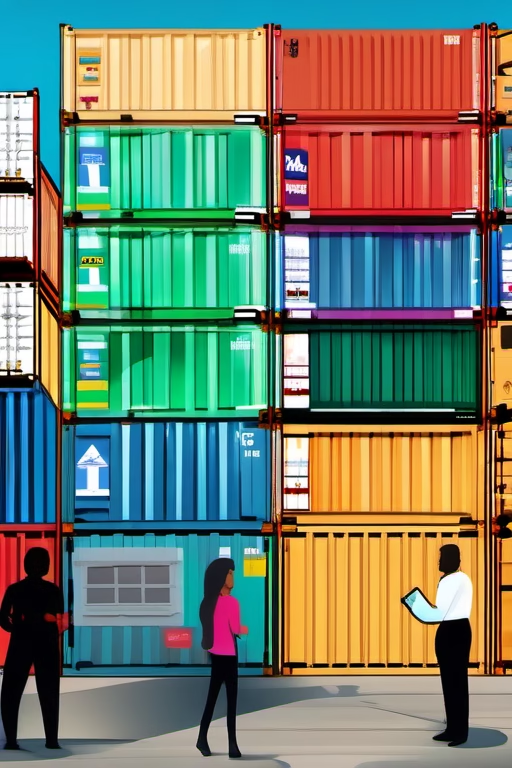The Warranty Explainer That Eliminates Price Objections
Turn sticker shock into confidence with a visual, plain‑language warranty that proves value before anyone reaches for a discount.
Introduction
The Warranty Explainer That Eliminates Price Objections is a conversion asset that lives next to your price. It clarifies risk, quantifies service value, and shows how support works when things go wrong. Buyers compare policies the way they compare prices; your explainer makes that comparison easy—and favorable.
Note: This article translates policy into buyer language. Always pair with your official terms and local regulations.
Expanded Table of Contents
- 1) Why “The Warranty Explainer That Eliminates Price Objections” Works
- 2) The Anatomy of a High‑Converting Warranty Explainer
- 3) Coverage Matrix: What’s Covered, What’s Limited, What’s Not
- 4) Coverage Timeline & Replacement Triggers
- 5) Claims in Three Steps (With SLA Badges)
- 6) Visual Assets: Matrix, Timeline, Cost‑of‑Ownership
- 7) Sales & Chat Scripts That Defuse Price Objections
- 8) Product‑Specific Variants (Appliances, Jewelry, Furniture, Services)
- 9) Extended Coverage, Accidental Damage & Service Plans
- 10) Compliance, Fair‑Use & Registration
- 11) On‑Page Placement & Checkout UX
- 12) KPIs, A/B Tests & Dashboard
- 13) 30–60–90 Day Rollout Plan
- 14) Troubleshooting & Optimization
- 15) 25 Frequently Asked Questions
- 16) 25 Extra Keywords
1) Why “The Warranty Explainer That Eliminates Price Objections” Works
- Risk reversal: Buyers pay for certainty. A clear promise lowers perceived risk more than small discounts.
- Friction removal: Visuals beat fine print; people understand coverage at a glance.
- Proof of service: SLA badges and real claim examples convert skepticism into trust.
2) The Anatomy of a High‑Converting Warranty Explainer
| Block | What It Says | Why It Converts |
|---|---|---|
| Promise Line | “We repair or replace fast—no runaround.” | Simple, confident headline |
| Coverage Matrix | Green/amber/red table | Instant clarity |
| Timeline | Months 0–36 with milestones | Sets expectations |
| Claim Flow | 1. Snap a photo → 2. Submit → 3. 24h response | Shows ease |
| Replacement Triggers | “3 failed repairs = replacement” | Removes fear |
| Fair‑Use | Plain‑language limits | Prevents disputes |
| Accidental Option | Spill/drop power‑surge examples | Add‑on value |
| CTA | “Add with 3‑year coverage” | Next step |
3) Coverage Matrix: What’s Covered, What’s Limited, What’s Not
| Area | Covered | Limited | Not Covered |
|---|---|---|---|
| Manufacturing | Defects in materials/workmanship | Wear consistent with normal use | Intentional damage |
| Labor | On‑site repair or bench service | Cap per incident | Unauthorized service |
| Parts | Approved replacement parts | Refurbished allowed | Third‑party mods |
| Accidental | Optional spills/drops/surges | One event/year | Negligence/extreme misuse |
| Shipping | Prepaid labels for DOA | Split after 30 days | International exceptions |
4) Coverage Timeline & Replacement Triggers
- Days 0–30: DOA replacement priority.
- Months 1–12: Full parts + labor.
- Months 13–36: Parts + capped labor; loaner when available.
- Replacement triggers: 3 failed repairs or part unavailable ≥ 15 days.
5) Claims in Three Steps (With SLA Badges)
- Submit photos + serial via form or SMS.
- Get triage within 24h (badge on the page).
- Repair/replace within 5–10 business days on average.
Pro tip: Offer a self‑service tracking link so buyers can see status without calling.
6) Visual Assets: Matrix, Timeline, Cost‑of‑Ownership
- Coverage matrix (green/amber/red) for quick scanning.
- Timeline bar with milestones and replacement triggers.
- Cost‑of‑ownership card comparing repair cost vs coverage price.
7) Sales & Chat Scripts That Defuse Price Objections
Store/Phone
“The price includes our no‑runaround warranty. If anything we control fails, we fix or replace fast. Most repairs cost {$$}; your coverage caps that to $0.”Live Chat
“Happy to help. Here’s the 3‑step claim flow (photo → 24h response → repair/replace). Most issues resolve in a week. That’s why many customers choose our 3‑year coverage.”Checkout Modal
“Add worry‑free coverage: parts + labor + loaner if needed. One click now saves time later.”8) Product‑Specific Variants (Appliances, Jewelry, Furniture, Services)
| Category | Unique Coverage Point | Example Copy |
|---|---|---|
| Appliances | On‑site repair + surge | “If a board fails, we repair on‑site; power surge covered with proof.” |
| Jewelry | Prong checks, resizing | “Annual prong check & one resize included.” |
| Furniture | Frame, springs, fabric guard | “Frame/spring covered; fabric guard add‑on for spills.” |
| Services | Workmanship guarantee | “If it’s not right, we fix it within 7 days at no charge.” |
9) Extended Coverage, Accidental Damage & Service Plans
- Offer optional accidental coverage with clear examples and limits.
- Create a simple, tiered plan (1, 3, 5 years) with easy renewal.
- Bundle service (annual tune‑up, cleaning) to reduce claims and increase satisfaction.
10) Compliance, Fair‑Use & Registration
- Publish full terms; summarize in plain language above the fold.
- Collect product registration to speed claims and reduce fraud.
- State jurisdiction and remedies clearly; avoid misleading superlatives.
11) On‑Page Placement & Checkout UX
- Put the explainer near price and primary CTA with a sticky anchor.
- Use a checkout modal with 3 bullets + price + toggle to add coverage.
- Show trust badges (SLA, replacement trigger) near the add‑to‑cart button.
12) KPIs, A/B Tests & Dashboard
Conversion Lift
+15–35% on covered SKUs
Coverage Attach Rate
+10–25%
Claim SLA Met
≥ 95%
NPS After Claim
≥ 60
Test headline wording, coverage matrix placement, and checkout modal copy. Track refunds/returns before vs after.
13) 30–60–90 Day Rollout Plan
Days 1–30 (Foundation)
- Draft coverage matrix and 3‑step claim flow in plain language.
- Design timeline + badge set; place explainer above the fold on top SKUs.
- Train sales/chat teams on the three scripts.
Days 31–60 (Momentum)
- Launch checkout modal for coverage add‑on.
- Add category variants (appliance/jewelry/furniture/service).
- Start A/B tests on headlines and matrix placement.
Days 61–90 (Scale)
- Localize by region; add bilingual versions.
- Publish case studies of resolved claims.
- Monthly KPI review; adjust SLAs and copy where drop‑offs occur.
14) Troubleshooting & Optimization
| Symptom | Likely Cause | Fix |
|---|---|---|
| High price objections | Explainer buried; no visuals | Move near price; add matrix + timeline |
| Low attach rate | Vague value | Add cost‑of‑ownership card + SLA badge |
| Claims frustration | Unclear steps | Provide 3‑step guide + tracking link |
| Chargeback risk | Exclusions hidden | Summarize limits in plain language |
15) 25 Frequently Asked Questions
1) What is “The Warranty Explainer That Eliminates Price Objections”?
A plain‑language, visual warranty summary that reduces risk perception and supports premium pricing.
2) Is this legally binding?
No—the legal warranty governs. This explainer clarifies; always link to full terms.
3) Where should it appear?
Above the fold near price and CTA, plus in checkout.
4) Can I use it in stores?
Yes—print a one‑pager and train staff on the scripts.
5) How do I handle exclusions?
Be transparent; list examples and the reason behind limits.
6) Do visuals really help?
Coverage matrices and timelines improve comprehension and trust.
7) What about extended warranties?
Offer as optional add‑ons with clear value and limits.
8) How fast should we reply to claims?
Publish an SLA (e.g., 24h response) and meet it.
9) Can we show real claim examples?
Yes—redact personal info; focus on resolution speed.
10) How do I avoid chargebacks?
Set expectations clearly and document each step.
11) Should we include a QR code?
Great for in‑store packaging and receipts.
12) Does this help SEO?
FAQs and schema add relevance and reduce bounce.
13) What’s the ideal reading level?
Grade 6–8; short sentences and examples.
14) Can we localize by state/country?
Yes—note jurisdiction and service SLAs per region.
15) How do we treat refurbished parts?
Disclose clearly; many buyers accept when explained.
16) Should we show costs we absorb?
A simple “typical repair costs {$$}” card helps value perception.
17) Do we need registration?
Encourage it; speeds claims and reduces fraud.
18) Is accidental damage worth adding?
Yes for high‑risk categories; price fairly and limit events.
19) Can the explainer live in email?
Yes—add to order confirmation and welcome sequences.
20) What if supply delays parts?
Offer a loaner or credit when feasible; communicate proactively.
21) How do I present lifetime warranties?
Define “lifetime,” transferability, and what triggers replacement.
22) Do we need photos for claims?
Often yes—say so upfront with an example photo.
23) Can I offer goodwill outside policy?
Reserve a small budget for high‑impact goodwill gestures.
24) How do I train staff?
Role‑play three common objections and the scripts in this guide.
25) First step today?
Create your coverage matrix and 3‑step flow; place the explainer above the fold on two products.
16) 25 Extra Keywords
- The Warranty Explainer That Eliminates Price Objections
- warranty explainer template
- coverage matrix design
- warranty timeline graphic
- risk reversal copy
- price objection handling
- service plan upsell
- accidental damage coverage
- lifetime warranty definition
- claim process explainer
- warranty SLA badge
- replacement trigger policy
- fair use warranty
- warranty checkout modal
- cost of ownership card
- warranty attach rate
- refund reduction strategy
- after sale trust content
- plain language policy
- warranty case studies
- service quality proof
- on site repair coverage
- loaner program warranty
- claim tracking link
- 2025 warranty marketing playbook


